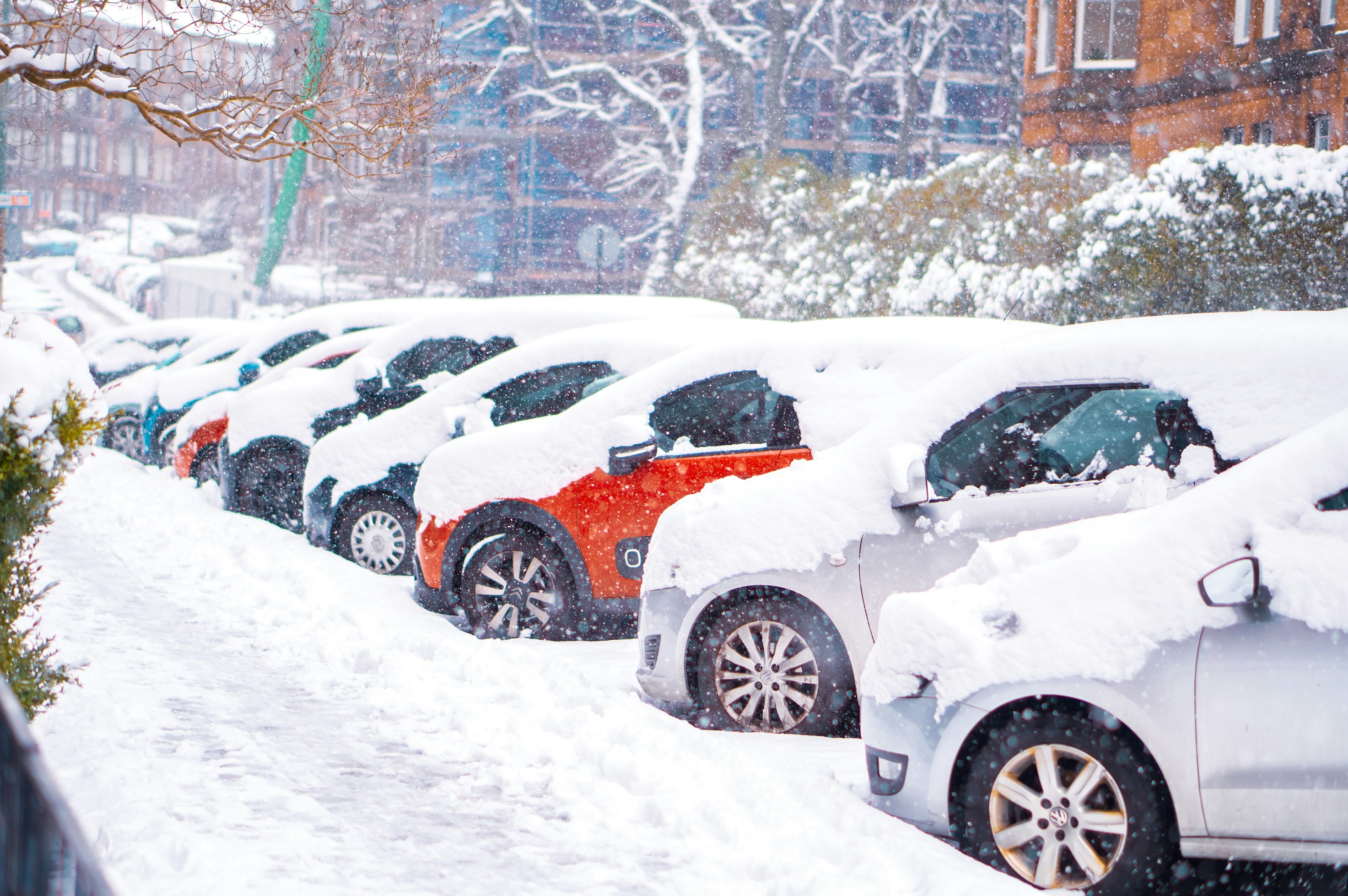Safe Driving Tips for Winter
The holiday season is in full swing, which means winter is just around the corner. While the winter season brings picturesque snowscapes and holiday festivities, it also ushers in challenging driving conditions that require extra caution and preparation. Navigating icy roads and snowy terrains demands a unique set of skills and knowledge to ensure safety for both drivers and passengers. So in this post, we’ll unpack the best safe driving tips for winter, covering everything from vehicle maintenance to on-road strategies.
Vehicle Maintenance and Preparation
- Tire Check: As the first point of contact with the road, tires play a crucial role in winter driving. Ensure they have adequate tread depth and are properly inflated. Consider investing in snow tires for improved traction in snow and ice.
- Battery Health: Cold weather can be tough on car batteries. Before winter sets in, have your battery tested and replace it if necessary. A reliable battery is essential for starting your vehicle in chilly temperatures.
- Fluid Levels: Check and top up essential fluids such as oil, coolant, and windshield washer fluid. Use a winter-grade windshield washer fluid to prevent it from freezing.
- Brake Inspection: Ensure your brakes are in good condition. Winter roads often require sudden stops, so responsive brakes are crucial for safety.
- Lights and Visibility: Clean all lights, including headlights, taillights, and turn signals. Replace any burnt-out bulbs and consider upgrading to brighter or more efficient options.
Safe Driving Techniques
- Adjust Your Driving Speed: Reduce your speed when driving in winter conditions. Accelerate and decelerate gradually to avoid skidding. Speed limits are set for ideal conditions, so adjust your speed based on the road’s condition.
- Increase Following Distance: Increase the distance between your vehicle and the one in front of you. This provides more time to react in case of sudden stops or slippery road conditions.
- Brake Smoothly: Use gentle and steady pressure on the brake pedal to avoid skidding. If your vehicle has an anti-lock braking system (ABS), apply constant pressure and let the system do its job.
- Steer into Skids: If your car starts to skid, steer into the direction of the skid. This helps you regain control of the vehicle. Avoid sudden movements that could exacerbate the skid.
- Use Winter Driving Aids: Many modern vehicles are equipped with features such as traction control and stability control. Familiarize yourself with these features and use them to your advantage.
- Be Mindful of Black Ice: Black ice is often difficult to spot. Be cautious, especially on bridges, overpasses, and shaded areas, as these are more prone to ice formation.
- Stay Informed about Road Conditions: Before embarking on a winter journey, check weather forecasts and road conditions. Consider postponing your trip if conditions are severe, and if you must travel, let someone know your route and estimated arrival time.
- Keep Your Gas Tank Full: A full tank of gas not only ensures you won’t run out in the cold but also adds weight to your vehicle, which can improve traction.
Emergency Preparedness
- Car Emergency Kit: Pack a car emergency kit that includes essentials such as a blanket, flashlight, extra clothing, non-perishable snacks, and a first aid kit. Also, include items like a shovel, ice scraper, and a bag of sand or cat litter for traction.
- Communication Devices: Ensure your cellphone is fully charged before heading out, and consider carrying a portable charger. In case of an emergency, having a charged phone can be a lifesaver.
- Know Your Route: Familiarize yourself with your route and alternative routes. Knowing where gas stations and rest areas are located can be crucial in case you need to stop due to weather conditions.
Overview
Winter driving requires a combination of preparation, caution, and adaptability. By following these safe driving tips for winter, you can navigate roads with confidence, reducing the risk of accidents and ensuring a safe journey for you and your passengers. Remember, safety is a shared responsibility, and adopting these practices contributes to a safer experience for everyone on the road.

















